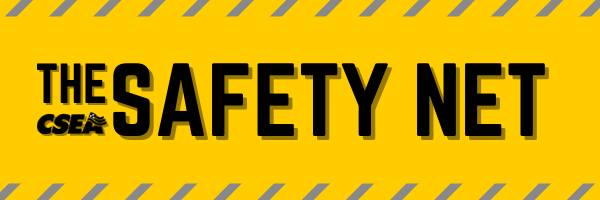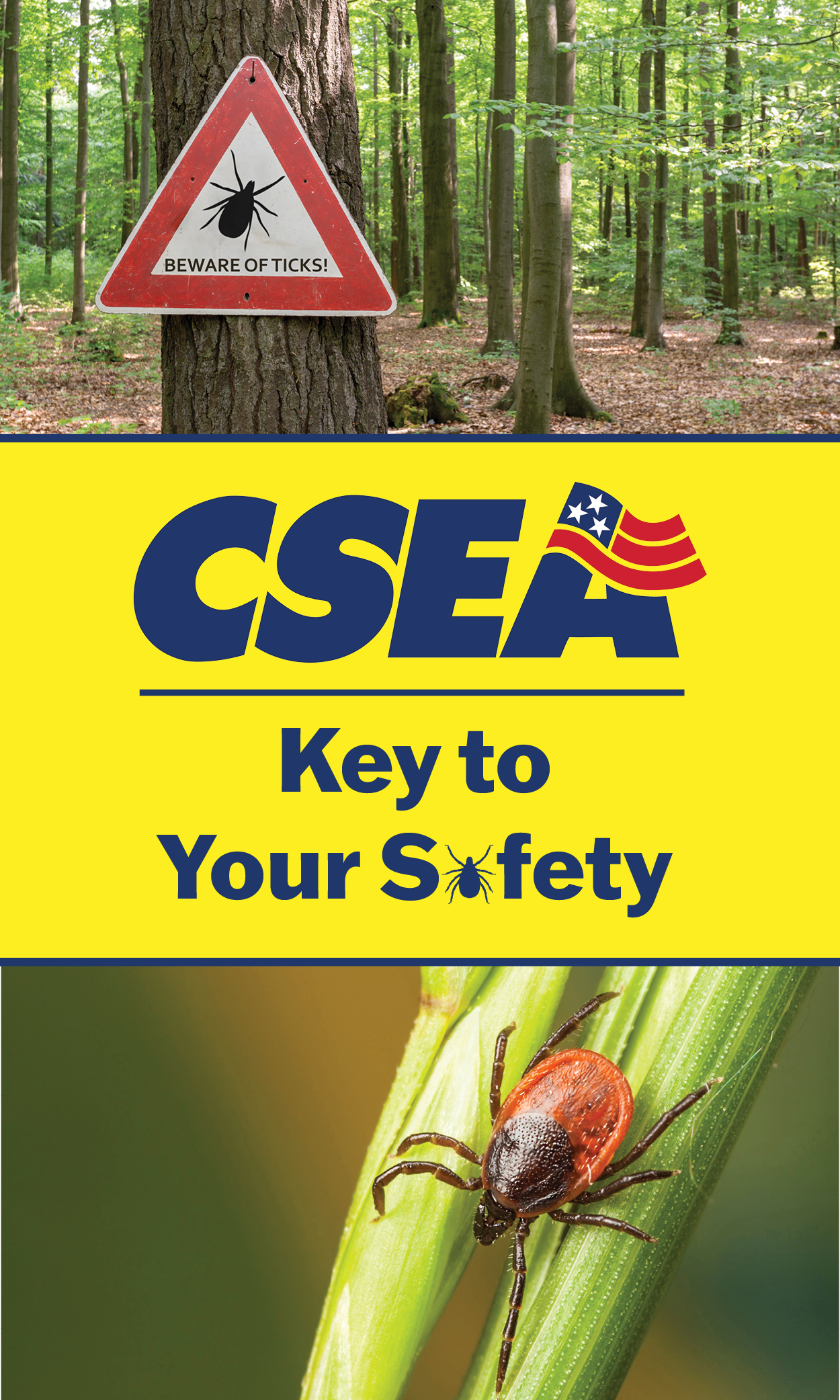
June 2023 Volume 2 | Issue 11:
Where There’s Smoke, There’s Fire
DEAR BERNIE
Dear Bernie,
Is there any guidance on how to safely store the gas we use in lawn mowers and weed whackers?
Dear Reader,
Gasoline is a flammable liquid and should be stored in an approved liquid and vapor-tight container. Gasoline can release vapors at common outdoor temperatures and needs a pressure relief mechanism to prevent them from rupturing the container. Approved containers for gasoline storage and transport will be tested at a laboratory, most often Factory by Mutual (FM) or Underwriters Laboratory (UL).
Safety cans can be easily identified by their spring-loaded lid, for pressure relief, and flame arrestor, a screen in the opening to prevent fire from entering the container and causing an explosion. Most storage cans are metal, so they can easily be grounded and won’t hold a static charge but there are now conductive plastic storage cans.
Gasoline must be stored in a dry, secure, sheltered area where temperatures are lower to prevent vapor release. Storage areas should be:
- well ventilated
- away from other incompatible chemicals
- in a place where electrical sparks will not occur
- in a location where smoking is prohibited
When filling gas cans:
- remove the can from the vehicle and set it on the ground to eliminate any static charge that may have built up
- touch the tip of the filler nozzle, which is grounded, to the container before dispensing the fuel
When dispensing gas into a piece of equipment,
- Make sure the equipment is on the ground
- touched the tip of the container to the fuel tank before pouring.
If used, “jerry” cans are only allowed for brief gasoline transport and complete transfer into a vehicle or piece of equipment. One way to remember is, “If it expands, it is not a safety can.” Jerry cans do not have pressure relief and can expand or balloon when they get warm.
AIR QUALITY INDEX AND THE HEALTH HAZARDS OF PARTICULATE MATTER
(Photos courtesy of the U.S. Environmental Protection Agency)
There is a network of weather stations operated by the National Weather Service (NWS) that monitor the levels of hazardous air pollutants across the country. From those measurements, the EPA Air Quality Index (AQI) is calculated.
The AQI is an overall value summarizing the contribution of all the pollutants and gives the potential for air quality to affect human health. The AQI can range in value from 0 to 500, with higher values indicating worsening air quality.

The EPA has developed National Ambient Air Quality Standards for specific pollutants. Those air pollutants are carbon monoxide, lead, ground-level ozone, nitrogen dioxide, particulate matter, and sulfur dioxide. The primary pollutant being generated by the Canadian wildfires is the particulate matter or PM.
The PM created by the wildfires are very small particulates referred to as PM10 and PM2.5, or particulates with average diameters of 10 and 2.5 microns (µm, or micrometers; see the chart below from the EPA for size comparisons). These particulates are considered hazardous because they are the sizes that are considered respirable, meaning they can reach the lower portions of the lungs and cause inflammation that can have severe medical consequences for people that have sensitive respiratory systems, like those with asthma, chronic obstructive pulmonary disorder (COPD), reactive airway disease (RAS) or congestive heart failure.

BEWARE OF MULCH FIRES!
Mulch that is piled too deeply, more than a few inches, can build up heat and spontaneously and catch fire. Care must be taken to prevent mulch fires.
- In many mulch fires, the smoldering mulch tunnels under the surface and then breaks out into open flame.
- Mulch fires start more readily when the weather is hot and it has been dry for an extended time.
- Factors such as below-average rainfall, dry conditions, warm temperatures, and high winds increase the risk of mulch fires.
- Large piles of mulch can spontaneously combust from all the heat they generate, so it is important to be vigilant and employ good housekeeping. The distance between mulch piles keeps a fire from spreading from one pile to another, or to a building.
Tips for Property Managers, Building Owners & Landscapers
- Provide a minimum of an 18-inch clearance between landscape mulch beds and combustible building materials, such as wood, vinyl siding, decks, and shrubs.
- Use non-combustible materials like river rock, pea gravel or crushed rock for the first 18 inches around combustible portions of the structure such as the base of a building with combustible siding and around gas and electric meters and grills.
- Maintain proper clearance for electrical devices, such as decorative lights, by following the manufacturer’s instructions.
- Provide proper receptacles for smoking materials at all entrances to public buildings and in designated smoking areas. Place them at least 18″ away from the building, do not mulch in these areas and remember to regularly empty smoking receptacles.
- Grounds and maintenance crews should be aware when conditions are favorable for mulch fires and increase surveillance of mulch beds.
- Maintain mulch at a depth of no more than two to four inches to eliminate the chance of spontaneous combustion.
- Keep mulch beds moist when possible. Hot, dry mulch beds are more likely to combust.
Storage and Manufacturing of Mulch
6 CRR-NY 361-4.3 has safety requirements for those who store or manufacture mulch. It limits the size of mulch piles and requires a distance of 10-feet between piles and 25-feet from the property line. It also required mulch piles to be restacked and cooled to prevent temperature above 140*f to prevent fires.
READER’S RESPONSE
You Asked For it, You Got it!
CSEA has organized a campaign initiative including resources such as tick removal keys, tick identification charts, posters, and other reference materials to help bring awareness to this issue.
For more information, visit: cseany.org/ticks
What would you be interested in reading about in the Safety Net? Reach out to us!

“DEAR BERNIE” ADVICE COLUMN FOR SAFETY SOLUTIONS
Write to “Dear Bernie” with your questions or concerns relating to workplace safety and health and receive advice from our OSH professionals!
*Submissions will be published anonymously.
MEMBER SPOTLIGHT
What’s your story? We would love to hear it! Share your content, which could simply be a safety-related quote/slogan, meme, or photo. You may also submit your own written content; tell us about a particular experience, success story, or give a shoutout to a CSEA member/committee/local or unit that deserves some recognition! Please note that all content must be original or attributed to the original source.
*All participants receive a prize!
GET INVOLVED
Be an Advocate for Safety: Help Rebuild CSEA’s Safety Network!
Download/print the Safety Net newsletter in bulletin format: cseany.org/safetynet
Show us a photo of the newsletter bulletin posted in your workplace to receive a prize! *Send photos to bernadette.foley@cseainc.org.
We love hearing from you! More importantly, readers truly enjoy and connect with member submitted content. The Safety Net’s mission is to strengthen CSEA’s safety network and gain visibility to encourage CSEA members to take part/have a role in improving their workplace conditions. What better way to build a network and inspire each other than to hear from one another and learn in the process?
Send in your content by responding to any of the following newsletter columns: “Member Spotlight,”“Dear Bernie,” or “Readers’ Response.” *All who participate will receive a prize! Email submissions to bernadette.foley@cseainc.org
MEMBER RESOURCES: OCCUPATIONAL SAFETY & HEALTH
Materials & Publications
View/download – A-Z list of fact sheets: cseany.org/safety-resources
Request Free Prints – Publications Order Form
Workshop Trainings & Webinars
View/Watch – webinar trainings: cseany.org/osh-webinars
CSEA Occupational Safety & Health (OSH) Specialists
Have a general safety concern?
Contact your OSH Specialist here: cseany.org/member-support
WORKERS’ COMPENSATION
Hurt at Work?
CSEA endorses the law firm of Fine, Olin and Anderman
Get started now by clicking https://www.foalaw.com/csea-members/
Or call at 855-637-1207

